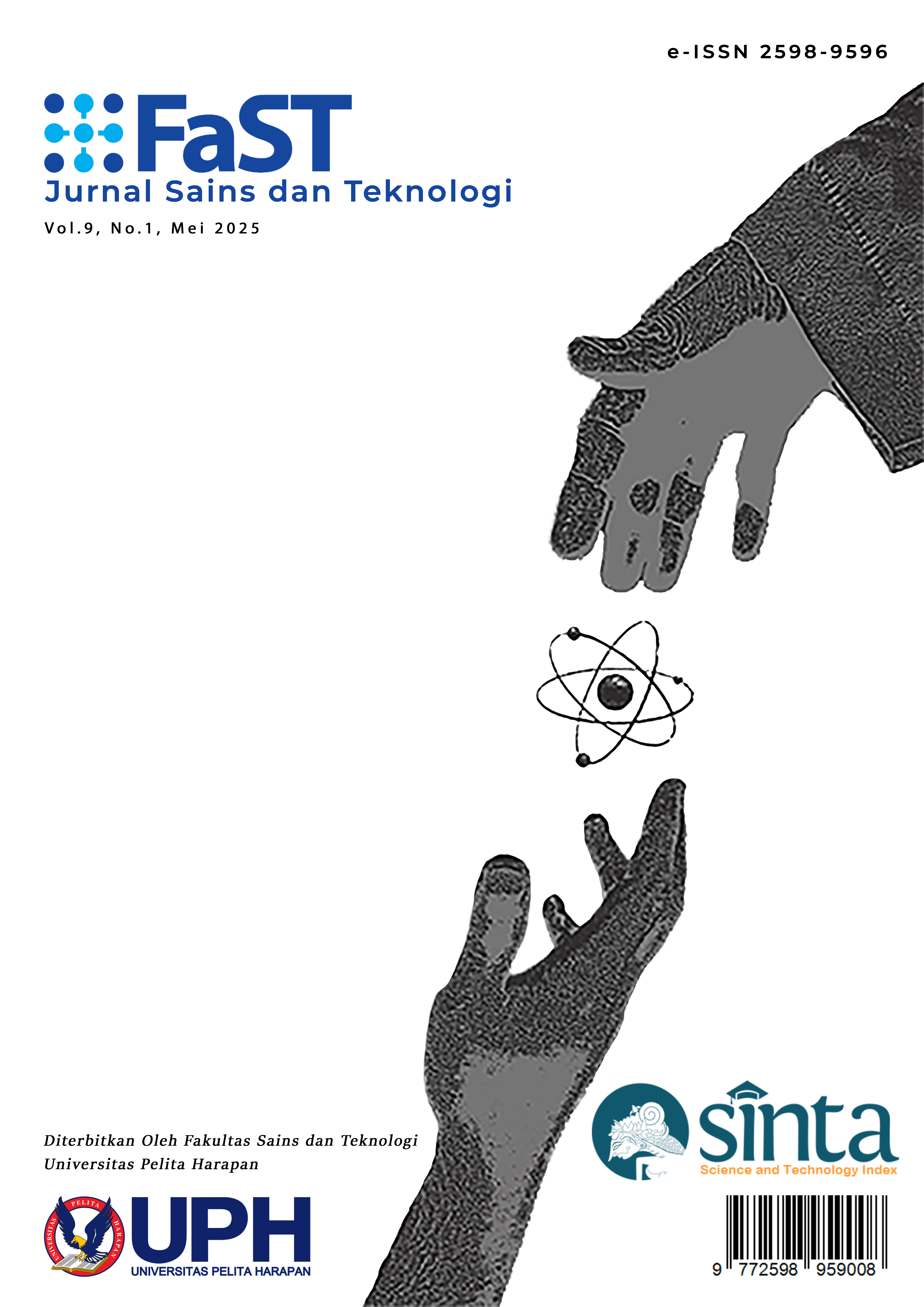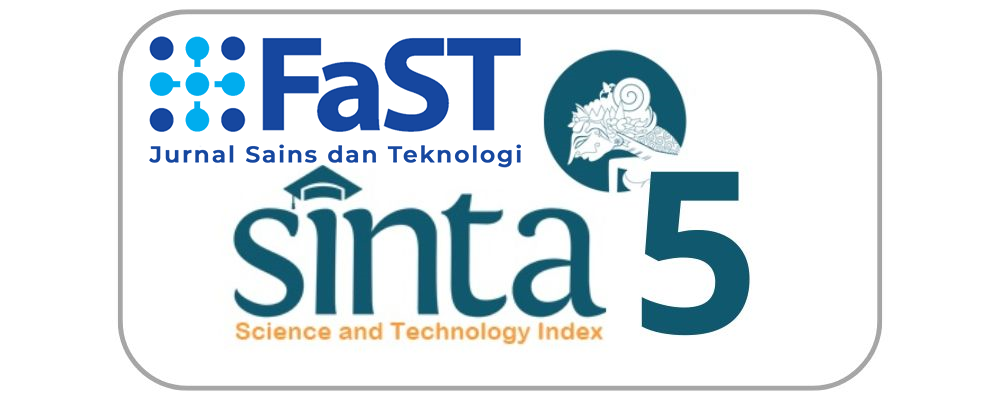Technical Analysis of Prestress Loss in Y Bridge Girders: Post-Tensioning System
[Analisis Teknikal Kehilangan Prategang pada Girder Jembatan Y: Sistem Pascatarik]
DOI:
https://doi.org/10.19166/jstfast.v9i1.9824Keywords:
concrete grade, curved tendon, girder, post-tensioning, prestressAbstract
This study analyzes the prestress loss in the girder of Bridge Y using a post-tensioning system. Prestress loss is influenced by six factors: elastic shortening of concrete, friction, anchor slip, shrinkage, creep, and tendon relaxation. For K-500 grade concrete with a curved tendon eccentricity of 4.756 degrees (0.8320 m) and a web width of 0.2000 meters, the minimum prestress loss was 21.35%. Modifying the tendon configuration to straight reduced the loss to 18.86%. K-600 grade concrete resulted in smaller losses: 20.17% for curved tendons and 17.67% for straight tendons. Similar patterns were observed with a web width of 0.3000 meters. However, although straight tendon configurations yielded lower total prestress loss, the compressive stress during force transfer exceeded the permissible stress. Therefore, the curved tendon configuration is more suitable for designing prestressed concrete bridge girders as it complies with permissible stress criteria.
Bahasa Indonesia Abstract: Penelitian ini mengkaji kehilangan gaya prategang pada Girder Y Jembatan Y yang mengalami indikasi ketidakefisienan struktur akibat besarnya kehilangan gaya prategang pada sistem pascatarik yang digunakan. Tujuan dari penelitian ini adalah untuk menganalisis besarnya kehilangan prategang serta pengaruh enam faktor utama, yaitu perpendekan elastis beton, gesekan, slip angkur, susut, rangkak, dan relaksasi tendon. Analisis dilakukan secara teknikal dengan memvariasikan beberapa parameter penting, seperti konfigurasi tendon (melengkung dan lurus), mutu beton (K-500 dan K-600), serta lebar badan girder (0,2000 m dan 0,3000 m). Hasil menunjukkan bahwa total kehilangan prategang berkisar antara 21.35% hingga 17.67%, dengan konfigurasi tendon melengkung cenderung mengalami kehilangan lebih besar. Namun, meskipun konfigurasi tendon lurus menghasilkan kehilangan yang lebih rendah, tegangan tekan saat transfer gaya melampaui batas izin. Oleh karena itu, konfigurasi tendon melengkung dinilai lebih sesuai untuk desain beton prategang pada Girder Y karena memenuhi kriteria batas tegangan yang diizinkan.
References
ACI Committee 318 (1995) Building Code Requirements for Structural Concrete (ACI 318-95). Detroit: American Concrete Institute.
ACI Committee 363 (1992) State-of-the-Art Report on High-Strength Concrete. Detroit: American Concrete Institute.
ASTM (2006) Standard Specification for Steel Strand, Uncoated Seven-Wire for Prestressed Concrete. American Society for Testing and Materials.
Badan Standardisasi Nasional (2004) Perencanaan Struktur Beton untuk Jembatan (RSNI T-12-2004). Jakarta: BSN.
Badan Standardisasi Nasional (2019) Persyaratan Beton Struktural untuk Bangunan Gedung dan Penjelasan (SNI 2847:2019). Jakarta: BSN.
Budiandi, A. (2008) Desain Praktis Beton Prategang. Yogyakarta: Andi.
Darmawan, M.S. (2008) ‘Perhitungan Kehilangan Pratekan Total dengan Memakai Teori Kemungkinan’, Jurnal Aplikasi Teknik Sipil, 5(1), pp. 1–8. https://doi.org/10.12962/j12345678.v5i1.2756
Ilham, N. (2008) Perhitungan Balok Prategang (PCI – Girder) Jembatan Srandakan Kulon Progo D.I. Yogyakarta. Yogyakarta: Unpublished.
Lin, T.Y. (2000) Desain Struktur Beton Prategang. Jakarta: Binarupa Aksara.
Nawy, E.G. and Suryoatmono, B. (2001) Beton Prategang: Suatu Pendekatan Mendasar. Jakarta: Erlangga.
Raju, N.K. (1986) Prestressed Concrete. New Delhi: Tata McGraw-Hill.
Soetoyo, I. (2001) Konstruksi Beton Pratekan. Surabaya: Jurusan Teknik Sipil FT ITS.
Sutarja, I.N. (2006) ‘Pengaruh Rangkak, Susut, dan Relaksasi Baja Terhadap Lendutan Balok Jembatan Komposit Beton Prategang’, Jurnal Ilmiah Teknik Sipil, 10(1), pp. 66–80.
Downloads
Published
Issue
Section
License
Copyright (c) 2025 Sadvent Martondang Purba; Prajna Ardhika

This work is licensed under a Creative Commons Attribution-ShareAlike 4.0 International License.
“Authors who publish with this journal agree to the following terms:
1) Authors retain copyright and grant the journal right of first publication with the work simultaneously licensed under a Creative Commons Attribution License (CC-BY-SA 4.0) that allows others to share the work with an acknowledgement of the work's authorship and initial publication in this journal.
2) Authors are able to enter into separate, additional contractual arrangements for the non-exclusive distribution of the journal's published version of the work (e.g., post it to an institutional repository or publish it in a book), with an acknowledgement of its initial publication in this journal.
3) Authors are permitted and encouraged to post their work online (e.g., in institutional repositories or on their website). The final published PDF should be used and bibliographic details that credit the publication in this journal should be included.”



